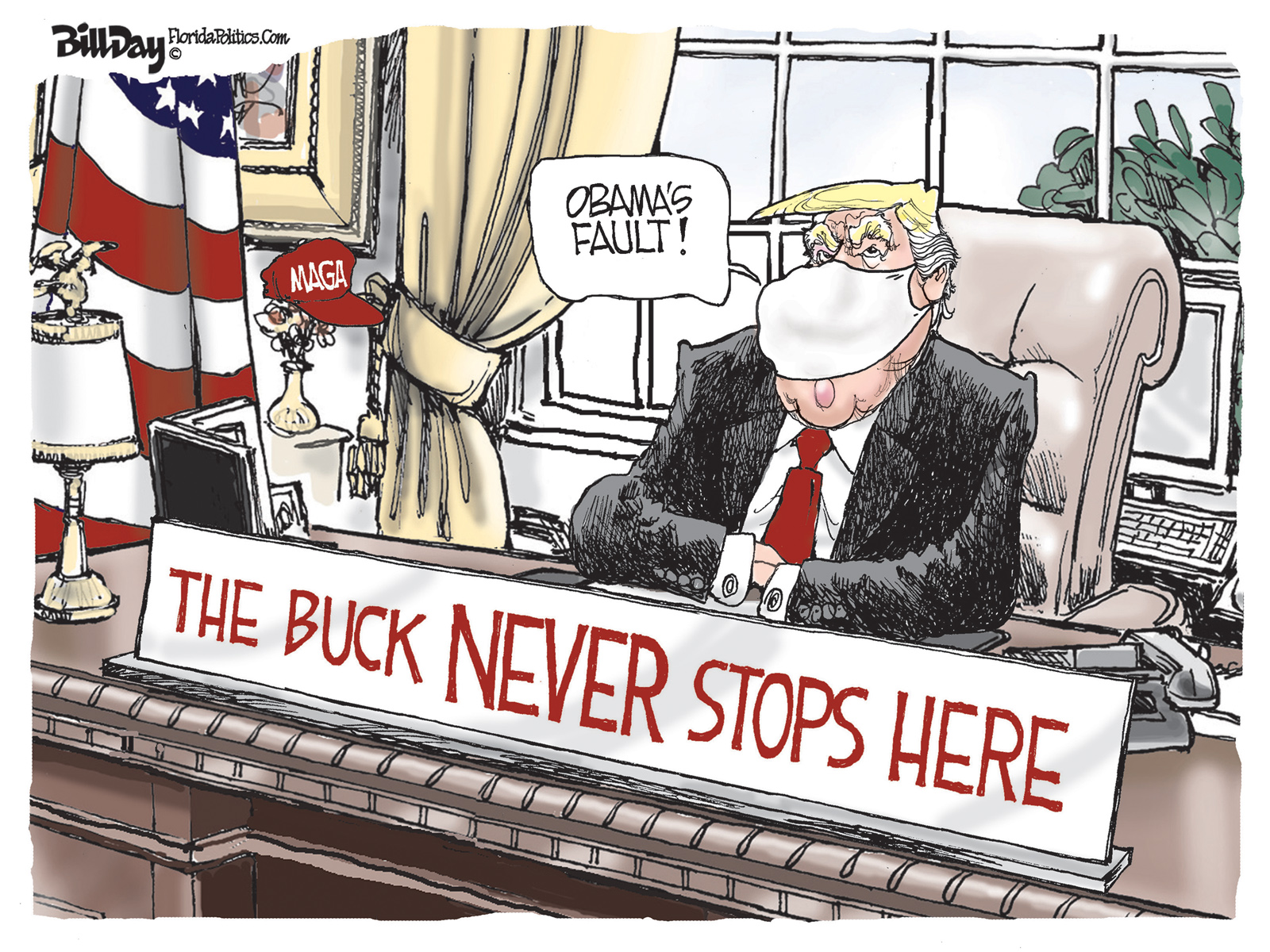
Nothing is quite as confusing as government financing, and that’s never been truer than now.
There seems to be big numbers every where – the $30 million or so for The Pyramid, there’s the idea of a new convention center likely to cost about $500 million, there’s the payments for $250 million in bonds for FedExForum, and there’s the tens of millions of dollars for Liberty Bowl Stadium improvements.
There are times when even insiders in government get confused by the blizzard of numbers, funding sources, legal restrictions and potential uses. That’s why it’s easy to understand why the Letters to the Editor use capital funding amounts and operating funding amounts as if they are interchangeable.
Of course, they aren’t.
Here A Tax, There A Tax
There are property taxes paid by all Memphians who own real estate. Memphis has the highest cumulative city-county tax burden in the state, and both city and county governments have heavy dependency on property taxes and CBD merchant taxes, which fund the majority of city and county services (half of the county’s property taxes go to schools).
There are sales taxes collected every time we make a purchase in Shelby County – 7% of it goes directly to Nashville and the 2.25% local option sales tax stays here. Half of the local option sales tax goes to the general fund of the city where it is collected (or if it’s in the unincorporated area, it’s county government) and the other half goes to public education.
There are the hotel-motel taxes that are added to the bills for rooms in Memphis hotels. Shelby County Government has a hotel-motel tax of 5% and City of Memphis has a hotel-motel tax of 1.7%. When added to the high sales tax rate, guests in our hotels pay one of the highest tax rates in the entire country — about 16%. They are used to fund the Memphis Convention and Visitors Bureau, to pay off the bonds on the Memphis Cook Convention Center, to pay the operating costs of the convention center, and to repay bonds for Pyramid improvements.
Alphabet Soup
There’s the Tourism Development Zone (TDZ) which takes in most of downtown. In the TDZ, the incremental increase in sales taxes created by a tourism-oriented project is collected and used to pay off bonds issued for that project. This is envisioned for landlord improvements to The Pyramid to house Bass Pro Shop. Some TDZ’s collect all of the sales tax while others can only collect 45% (excluding the portion for public education). Another TDZ has been created to help pay for the Fairgrounds mixed-use development.
There’s Tax Increment Financing (TIF) which collects increases in city and county property taxes that take place after infrastructure improvements in a specified area. A baseline is set and anything above that baseline can be captured to pay for public improvements. Uptown is largely funded by a TIF district.
There’s the Payment-in-lieu-of-taxes (PILOT) program that freezes property taxes at the amount of the unimproved property, and as the property is improved and its value increases, additional taxes are waived for a certain number of years. The total amount of the waived taxes is $50 million this year. Memphis and Shelby County have handed out more tax freezes than all metropolitan areas of Tennessee combined. PILOT’s are granted by the Industrial Development Board for new businesses and expansions and the Center City Revenue Finance Corporation for downtown projects. The Industrial Development Board has now loosened up its regulations to waive taxes to keep existing businesses from moving.
And There’s More
There’s the Center City Commission’s PILOT extension fund that pays for bonds issued for parking facilities.
There’s the state sales tax rebate that collects the sales taxes from the sale of tickets, concessions and merchandise at the games of professional sports teams. This funding was used to help pay for FedEx Forum and Autozone Park.
And these are just a few of the taxes collected and spent by our governments. Some taxes can only be spent for certain things – such as a convention center, an arena or street improvements. As a result, they are not interchangeable, but they often allow projects to proceed without property taxes.
Pyramid Scheme
As a result, we pity the average citizen as they try to sort through all of this and argue that the $30 million being spent on improvements at The Pyramid should be given to Memphis City Schools to make up Council’s cut in funding.
The same sort of argument was heard when the FedEx Forum was approved, but the truth is that the taxes used to pay for both of these projects can’t be spent on education. By law, they can only be spent for specific projects like a facility for a professional sports team.
To complicate things even more, money spent on capital improvement projects is essentially a loan from the bank, and it is paid back over 20 years normally. As a result, the yearly payments for bonds are about $70,000 for each $1 million of debt. In other words, $30 million at The Pyramid would require yearly payments of roughly $2.1 million.
So even if city government stopped a $30 million in its tracks, it would only free up $2.1 million for schools. As for The Pyramid, city and county governments could not redirect these revenues to schools because they can only be spent in the Convention Center area.
Confusion Reigns
Totally confused?
Well, what about the suggestion about a new convention center?
It’s estimated to cost at least $500 million, and it could easily be more. Some ardent opponents of the cut in school funding immediately said that if city government could spend that much money on a convention center, it should give Memphis City Schools the $66 million that was cut.
Hurdles Galore
But like The Pyramid (and FedEx Forum, for that matter), the funding sources that are available to pay for a new convention center – TDZ, TIF and hotel-motel taxes – cannot be spent on schools.
After straining these revenue sources to pay for FedEx Forum, it’s difficult at this point to imagine how there would be enough funding to pay off $500 million in bonds, whose yearly debt service would be about $35 million a year, for a new convention center.
We agree with Mayor Wharton that there’s no downside to considering whether a new convention center is needed. He promises that no decision has been made, and most encouraging of all, he suggests that before his special convention center committee should consider what to build, they need to determine Memphis’ competitive context and if there is any realistic way to move it from being a third-tier convention destination to the top tier.
It’s a question that requires complete honesty and the setting aside of special interests and preconceived notions by every one in the “hospitality industry” and City Hall. After all, cities across the U.S. have chased conventions for years by building new convention centers, then building convention center hotels, then expanding the convention center, then expanding the hotels, etc., and yet, their relative place among convention centers remained the same.
The First Step
So, before anything definitive is decided, the first task is to determine what Memphis really needs and what results are realistic. It should be an open and candid discussion – keeping in mind the arguments by advocates in the tourism industry and the warnings by the Brookings Institution that cities are wasting money in the mushrooming convention centers.
If there is to be a new convention center, at least, Memphians will be reassured that the answer to making Memphis a top-tier convention center isn’t already decided.




Admittedly tourism (conventions, tour groups, families, individual visitors) is an important part of Memphis’ economy; and even though the mass of tourism jobs are low income, some pundits say such jobs are the best fit for Memphis.
When the 1980 Jobs Conference set tourism as a high priority for spending $20 million from Governor Lamar Alexander, many people questioned an emphasis on minimum wage jobs in the tourist industries (restaurants, hotels, gift stores, etc.). Pitt Hyde, who chaired the Jobs Conference responded by saying that these jobs were “resume builders” for young people who would use the entry level jobs as stepping stones to higher paying jobs.
Maybe this is true sometimes, and we certainly can find successful managers/executives who started out in the “mail room”. However, a college degree or advanced vocational skills are usually necessary for advancement, and Memphis has a dearth of adults with the necessary education.
Thus, it seems logical that we would annually spend $35 million for a few years on education (not necessarily at MCS) before we spend it on debt service for a new convention center.
A public audit of MCS might reveal as much as $300 million in overcharging, waste, employee bloat, and corruption annually. Maybe even $200 million more.
Right now, per student, you pay ivy league prices for substandard education at MCS,
Our peer cities comparison revealed that we have more than double the city employees than any peer city and get less than 1/2 the service for more than twice the price. Is civil service considered a charity job?
Since the economy has contracted 56% so should the burden.
Memphis was already 100% too high.
How about reducing the citizen’s burden by 156%?
How much would fixing all that reduce the tax burden.
Begin the blame-storming and flamewar for the unpopular post.
It’s also interesting to note how much of that money goes to sport venues/arenas. I recently read a piece indicating that U of Maryland sports economists have studied stadium funding over 30 years and failed to fine an example of a single sports franchise lifting or stabilizing the local economy.
http://www.huffingtonpost.com/dave-zirin/how-sports-attacks-public_b_486639.html
The piece indicates that in the last generation some 30 billion dollars in public funds has been spent on stadiums.
Having been in Memphis for about 20 years and hearing the promises of what the Pyramid, FedEx forum and Liberty Bowl renovations will do for the city (at what cost), one has to wonder if we’ll ever learn this lesson.
Thank you for finally posting information on this issue. I have personally tried, and failed, to convince a friend that the financial resources used to build the Forum could in no way have gone towards the city schools/ education, repaving roads or sidewalks in Raleigh or anything else in the never ending list or worthy projects in Memphis. Taxes are a complicated matter, and like all issues plaguing this community, a little education would go a long way in helping the masses understand how the city actually works. I often read “simple solutions” that begin with phrases like “why don’t they just…” and it’s obvious if they would…”. However, the reality is these matters are far more complicated than many know and thus solutions and changing these fundamental financial support systems can be equally complicated and difficult.
And all I want is one police officer posted around the clock in my emergency room for our safety…….is that too much to ask for your healthcare workers who save lives in our community?